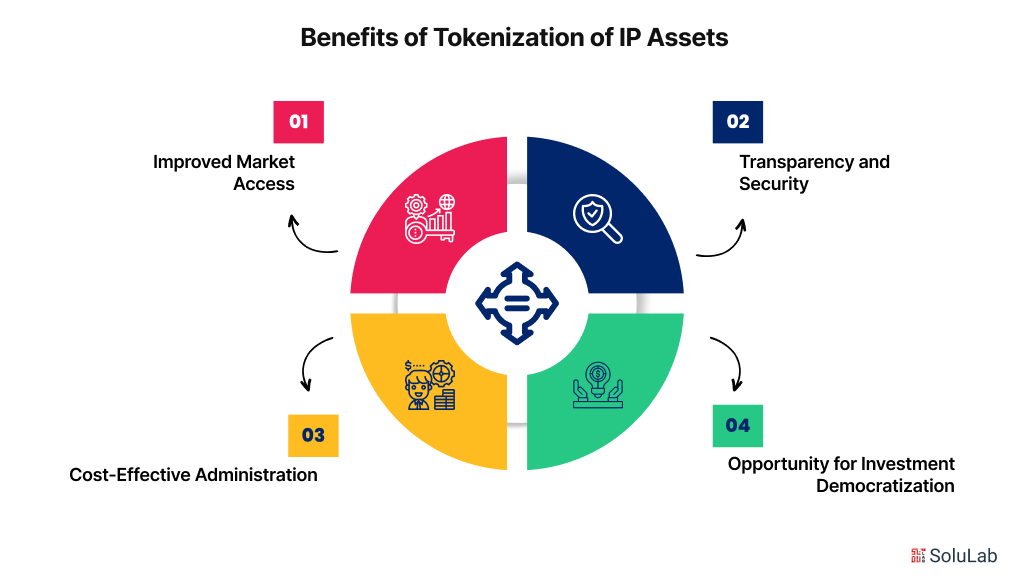How Story Protocol Aims to Rewrite the Economics of Intellectual Property
Andrea Muttoni discusses how Story Protocol turns intellectual property into programmable assets. In this interview, he outlines how AI, automation, and legal interoperability could reshape how creative rights are owned, licensed, and monetized worldwide.
Intellectual property (IP) is quietly becoming one of blockchain’s most practical frontiers — not as digital art, but as programmable infrastructure linking AI, gaming, and creative rights. BeInCrypto spoke with Andrea Muttoni, President and Chief Product Officer of Story, an on-chain IP platform building the rails for global licensing and royalty automation.
In this interview, Muttoni explains why adoption may arrive as a cultural moment rather than a technical milestone, how the $IP token aligns value with creative activity, and what legal interoperability means for the next decade of digital rights.
The Rise of Programmable IP and the Architecture Behind Story
Story Protocol, the company behind the Story Network, launched in February 2025 and aims to become the “IP layer of the Internet.”
IPRWA is the largest untapped RWA market with IP’s $80T market size.@Aria_Protocol has already brought revenue-generating rights from Justin Bieber to BTS onchain, with $100M+ TVL in new music coming soon.$ARIAIP × $IP will lead the next wave of RWAs. pic.twitter.com/csxq1lN1xr
— Story (@StoryProtocol) October 15, 2025
After raising $54 million in 2023 and another $80 million in 2024, led by a16z, the team launched a purpose-built layer-1 blockchain. It enables IP Assets (tokenized works), Programmable IP Licenses (PILs), and a Royalty Module for real-time, on-chain revenue distribution.
“We built Story to make intellectual property programmable across mediums,” Muttoni said. “Whether it’s AI-generated data, virtual assets, or film IP, creators should have a transparent way to license and monetize their work.”
Supporters view this architecture as a foundation for transparent provenance and composable licensing. Critics question whether smart-contract licenses can hold up in court without legal recognition.
The Evolving Inflection Point for On-Chain IP
With over $80 trillion in creative assets globally, on-chain IP is emerging as a market layer linking creators, enterprises, and AI platforms. Story already hosts more than 200 teams and 20 million IP registrations across entertainment, gaming, and data applications.
 Benefits of Tokenization of IP Assets |
Benefits of Tokenization of IP Assets
Benefits of Tokenization of IP Assets |
Benefits of Tokenization of IP Assets
“There won’t be a single inflection point for on-chain IP because intellectual property keeps evolving,” Muttoni said. “We’ve built Story to evolve in parallel — with integrations across AI, gaming, and Hollywood — so creators can track and license works directly.”
“The real inflection point may not be raw numbers but a cultural moment — like a remix of BTS art turned into a game with automated revenue sharing via Story,” he added. “When millions use on-chain IP without realizing it’s Web3, that’s when the shift has happened.”
This view aligns with WIPO’s 2024 World Intellectual Property Report, which notes that global IP capacity remains concentrated in fewer than ten economies. Digital IP markets, it adds, still rely on institutional rather than technical integration. The inflection point for tokenized IP may depend as much on policy harmonization as product adoption.
Efficiency and New Royalty Rails on Story
Traditional royalty systems such as ASCAP pay creators quarterly through layers of intermediaries. Story aims to modernize that process.
“Today, royalties flow through opaque intermediaries and take months to reach creators,” he said. “On Story, programmable royalties settle in seconds, not months — and move globally without friction. That’s transformative for independent artists and emerging markets.”
Yet, as the IMF’s 2025 Fintech Note warns, real-time tokenized settlement can heighten systemic risk if oversight and liquidity buffers lag. Instant payout is powerful — but without safeguards, it can outpace regulation. Story’s long-term success may depend on integration with regulated financial rails.
Incentives and Integration Across the IP Economy
“Our current IP system is broken,” Muttoni said. “Creators and enterprises are fighting AI companies, but what’s needed is a tech-native framework where IP can be freely licensed and protected at scale. Story provides the rails rights organizations can integrate into — not compete with.”
Legal battles between AI developers and rights holders expose a structural gap: the internet outpaced infrastructure protecting creative work. The World Economic Forum’s 2025 tokenization report notes that such markets evolve “non-linearly and in phases.” Adoption usually starts within permissioned, regulated environments — not open networks. Story’s claim of “legal interoperability” may thus require a phased rollout aligned with data privacy and jurisdictional norms.
UX Simplification and Creator Retention
“Licensing and rights management have long been reserved for studios with lawyers,” Muttoni said. “Through our IP Portal, anyone can register IP on-chain in minutes — no lawyers, no intermediaries, no platform fees. The goal is to make licensing intuitive, not bureaucratic.”
Still, the US Patent and Copyright Offices’ 2024 Report to Congress stresses that blockchain transfers don’t alter IP law. Copyright and trademark assignments still need written, signed agreements. For now, Story’s on-chain licenses act as metadata layers, not binding instruments, until smart-contract enforceability is codified.
Reflexivity and Story Token Governance
“Reflexivity is normal in crypto markets,” Muttoni said. “But IP registered on Story is tied to real-world use cases. The $IP token powers licensing, staking, and governance — a productive asset linked to creative activity, not speculation.”
The CFA Institute’s 2024 analysis offers a more reserved view: tokenization may unlock new asset classes but faces valuation opacity and custody risk. Institutional investors, it argues, will treat IP tokens as infrastructure evolution, not speculative plays — a stance that could temper hype around Story’s $IP token.
Data as a Market Signal
As AI’s need for rights-cleared data grows, new metrics may define IP value — licensing volume, royalty accruals, and provenance velocity.
“Some of the most valuable IP will be assets licensed for AI training,” Muttoni said. “AI’s bottleneck isn’t compute — it’s rights-cleared data. Poseidon, a project on Story, lets anyone license real-world data as IP, creating measurable value between data providers, AI developers, and users.”
This mirrors comments from Rayhaneh Sharif-Askary, Head of Product & Research at Grayscale, who described Story as “linking blockchain coordination to AI model training.” She noted that Poseidon’s model could turn everyday human activity into tokenized, rights-cleared data for machine learning. Her remarks show how programmable IP might unite creative economies and AI development within one infrastructure.
The overlap between IP and AI underscores a broader policy debate. The WIPO 2024 report notes that innovation thrives when law, research, and commerce evolve together. Story’s long-term success may depend less on token mechanics and more on whether global IP governance keeps pace with technology.
Conclusion
Programmable IP is shifting from concept to infrastructure. Story’s mix of automation, governance, and interoperability places it at the crossroads of culture and code. Yet as reports from WIPO, IMF, WEF, CFA, and the US Copyright Office emphasize, progress will be gradual and compliance-driven. If successful, Story could redefine how creative rights move through the global economy; if not, it may remain a prototype awaiting regulatory alignment.
Disclaimer: The content of this article solely reflects the author's opinion and does not represent the platform in any capacity. This article is not intended to serve as a reference for making investment decisions.
You may also like
Chainlink partners with Chainalysis to launch onchain compliance monitoring

Buying ZEC to Crash BTC? Four Industry Truths Behind the Privacy Coin Surge
The real cryptocurrency has long been dead.
Retail investors 'retreat’ to $98.5K: 5 things to know in Bitcoin this week
